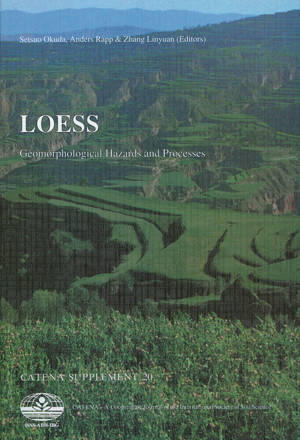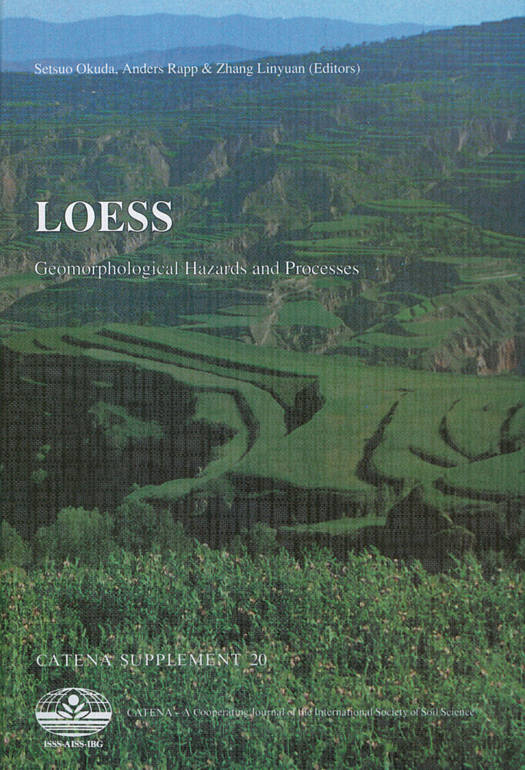
- Afhalen na 1 uur in een winkel met voorraad
- Gratis thuislevering in België vanaf € 30
- Ruim aanbod met 7 miljoen producten
- Afhalen na 1 uur in een winkel met voorraad
- Gratis thuislevering in België vanaf € 30
- Ruim aanbod met 7 miljoen producten
Zoeken
€ 49,45
+ 98 punten
Omschrijving
Loess materials affect some environmental and climatological factors in the atmosphere and are also of immense value to mankind after accumulation on land surface where they provide the basis of a productive agriculture in many continents. Some of the best and most fertile agricultural land areas in the world occur in the loess regions of Europe and China. These and other loess areas are, however, also very sensitive to soil erosion and slope failure, e.g. by mudflows and landslides. Because of this our workshop Loess Geomorphological Processes and Hazards highlighted both the eolian dust cycle of erosion, transport and deposition and the system of water erosion and erosion control of loess layers. This volume contains case studies of basic and applied research from several loess areas in the world, including the largest, the Yellow River basin and its Loess Plateau. The main topics discussed in this volume deal with the sources of loess material and formation of the Loess Plateau in China (by Zhang Linyuan, Dai Xuerong & Shi Zhengtao), erosional process by splash detachment (by G. Govers), transport and deposition processes of eolian dust from Chinese and African deserts (by K. Inoue & T. Naruse, A. Rapp & T. Nihlen, T. Littmann, K.Rogner & W. Smykatz-Kloss), deformation mechanism of loess material (by Miao Tiande & Wang Zhenggui), comparison between landforms of loess and loess-like materials (by S. Yokoyama, Y. Matsukura & T. Suzuki) and landslides in the loess district in China (by E. Derbyshire, Wang Jingtai, Jin Zexian, A. Billard, Y. Egels, D.K.C. Jones, M. Kasser, T. Muxart & L. Owen).
Specificaties
Betrokkenen
- Uitgeverij:
Inhoud
- Aantal bladzijden:
- 145
- Taal:
- Engels
- Reeks:
- Reeksnummer:
- nr. 20
Eigenschappen
- Productcode (EAN):
- 9783510653614
- Uitvoering:
- Hardcover
- Afmetingen:
- 170 mm x 240 mm
- Gewicht:
- 420 g

Alleen bij Standaard Boekhandel
+ 98 punten op je klantenkaart van Standaard Boekhandel
Beoordelingen
We publiceren alleen reviews die voldoen aan de voorwaarden voor reviews. Bekijk onze voorwaarden voor reviews.







